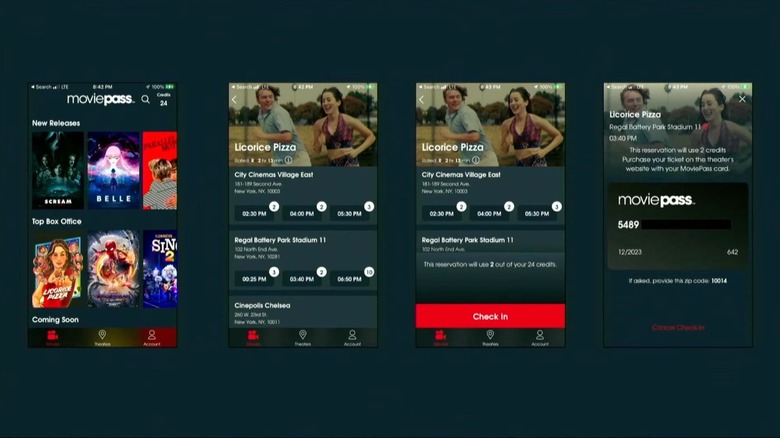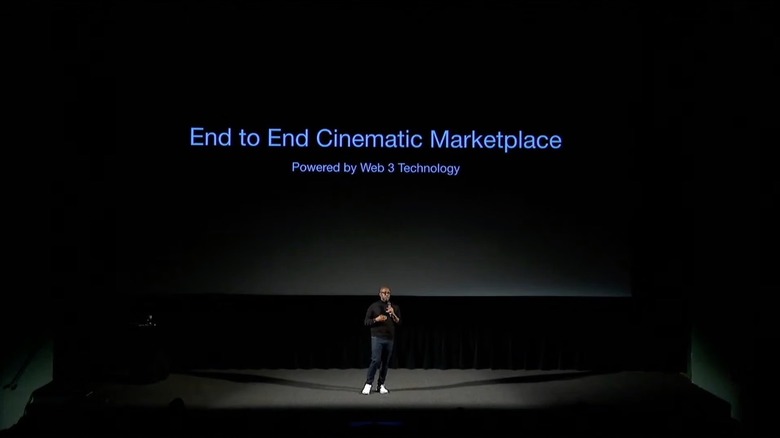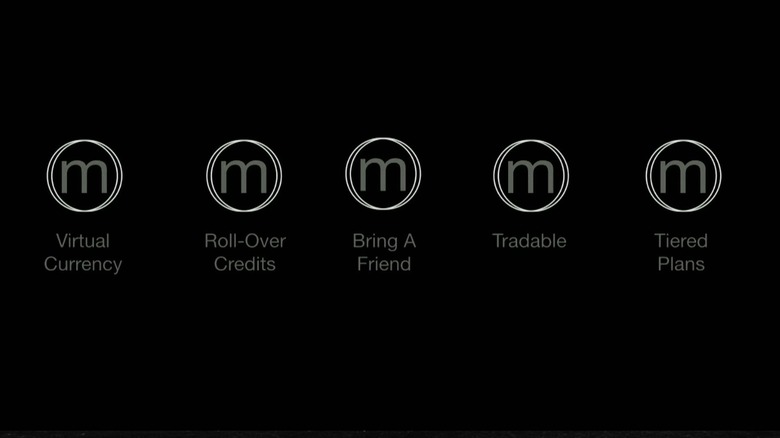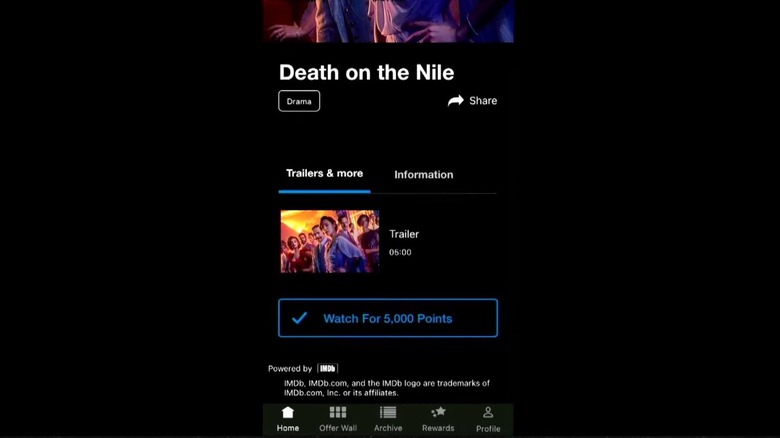MoviePass 2.0 Promises Web3 And Face-Tracking Ads For Summer Relaunch
MoviePass is detailing how the subscription movie service hopes to return in 2022, and there's a whole lot of Web3 talk, virtual currency, and even ads that track attention to make sure you're not gaming the system. Its assets were reacquired by founding CEO Stacy Spikes – who was fired as MoviePass struggled prior to its eventual bankruptcy – and the company is focusing on a summer relaunch.
MoviePass 2.0 certainly won't be shy of tapping into some of the latest buzzwords as it reboots. "Through dynamic ticket pricing and centralized smart advertising, MoviePass is creating an end-to-end cinematic marketplace that will allow theaters to respond and innovate to movie-goer passions and demands, resulting in the future of cinema," the company says, somewhat opaquely.
MoviePass was a victim of its own success
Exactly what that means, Spikes said at an event live-streamed today, is an attempt to deliver more access to theaters but without getting into the unsustainable model that forced it to pull the plug the first time around. Though MoviePass went through multiple iterations, the core strategy was the same: users would pay a monthly subscription, which would allow them to see a certain number of movies each month. At one point, during the service's biggest hype periods in 2016 and 2017, that was up to one movie showing each day.
Unsurprisingly, enough people took advantage of the offer that MoviePass couldn't handle the commitment to paying theaters. After multiple changes to what subscribers could and couldn't do – most meeting with ire from users themselves – it announced it would shut down in September 2019.
MoviePass 2.0 will tap Web3 and virtual currencies
Spikes, who was fired midway through MoviePass' troubled first act, reacquired the assets in November 2021. At the time, he promised a more sustainable version of the company, but it's only today that he's detailed how that will operate. Rather than a single, unlimited tier of subscriptions, the new MoviePass will work on credits.
Those credits, and a virtual currency backing them, can effectively be exchanged for movie tickets. Different subscription levels will include different numbers of credits each month; those unused will roll over to the following period. However, Spikes explained, users would be able to trade credits with each other, with those transactions recorded on a new MoviePass 2.0 blockchain.
At the moment, it's unclear just how much those MoviePass 2.0 subscriptions will cost each month. Or, for that matter, how many credits might be required in order to see a movie.
MoviePass 2.0 ads will demand your attention
In addition to paying for credits or swapping them with other MoviePass subscribers, there'll also be a way for advertisers to reward viewers for actively consuming commercials. Dubbed PreShow, the system is effectively a customized pre-roll, which Spikes said could be tied into specific movies. A PreShow for a James Bond movie, for example, might feature fashion from the film, vehicles, or luxury items like jewelry or watches.
Part of the challenge of video advertising, of course, is attention. 70% of video advertising goes unseen, Spikes claimed, admitting that in early tests users would simply start PreShow clips and then ignore them. To get around that, the MoviePass app will use attention tracking – with all data processed on-device, rather than uploaded to the cloud – to make sure people are watching the PreShow clips. If the system believes they've looked away, the video will pause and they'll be prompted to look back again in order to secure the promised credits.
Certainly, given the appeal of MoviePass in its first iteration, there's a demand for people wanting to go to theaters still. Nonetheless, the question remains as to whether MoviePass 2.0 – even with Web3 technologies and fancy eye-tracking – can be financially sustainable in its second attempt. We'll know more closer to the promised relaunch this summer, when all-important pricing for the subscriptions themselves, and details on which theaters will be accessible with those subscriptions, will all be revealed.




